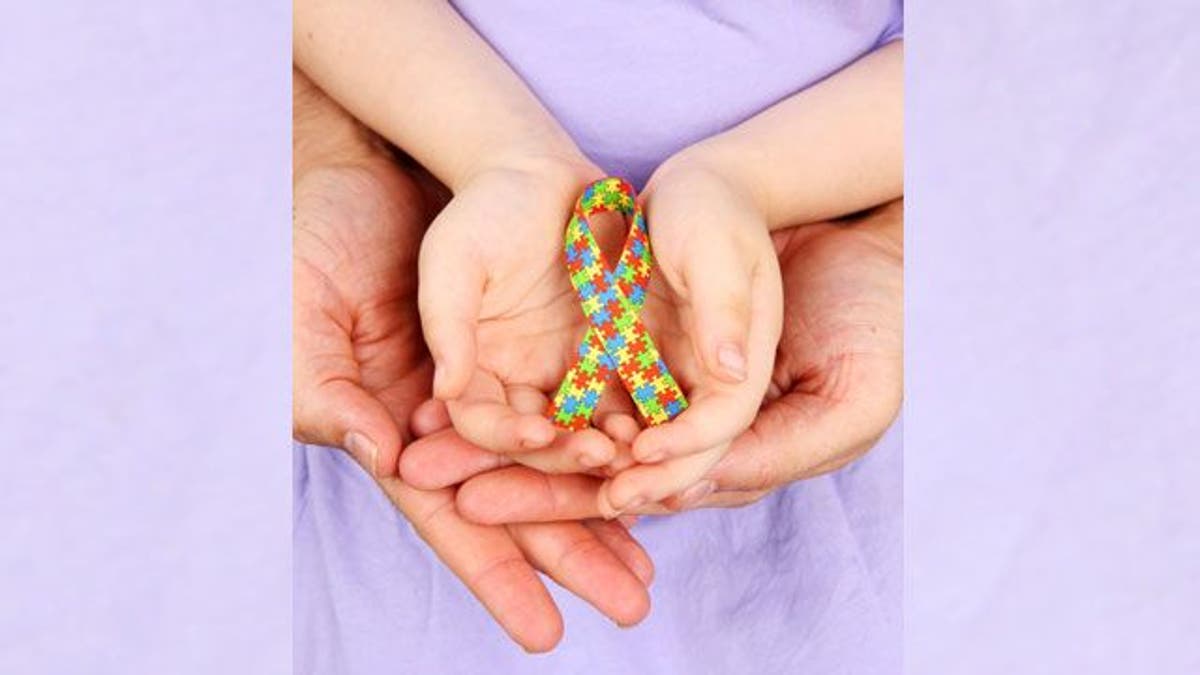
Researchers at Yale University have discovered a potential new treatment for children with autism spectrum disorders: the hormone oxytocin.
In a study published in the journal Proceedings of the National Academy of Sciences, children who received a single dose of an oxytocin-based nasal spray experienced enhanced activity in regions of the brain regulating social behavior.
According to study author Kevin Pelphrey, previous research has indicated that children on the autism spectrum have lower blood levels of oxytocin – a hormone associated with emotional bonding, trust and social behavior. As a result, researchers began to wonder whether oxytocin-based treatments might be an effective therapy for autistic children.
“There has been a lot of talk about oxytocin being involved in brain function in parts of the brain involved in understanding other people, and lots of parents are interested in knowing if this might be a future treatment,” Pelphrey, a professor in the Child Study Center and director of the Center for Translational Developmental Neuroscience at Yale University, told FoxNews.com.
In order to examine how oxytocin impacted the brains of autistic children, Pelphrey and his colleagues set up a double-blind, placebo-controlled study of 17 children and adolescents with autism spectrum disorders. The study participants, who were between the ages of 8 and 16, underwent functional magnetic resonance imaging (MRI) scans, to show how the children’s brains reacted to various stimuli after receiving both the oxytocin and placebo sprays.
“They were inside of an MRI system, and we showed them pictures of faces and asked them to tell us about the emotions on the face. They had to say whether it was calm or worried, form a couple of emotional choices, and they did that from just (looking at) the eyes of the face,” Pelphrey said. “In addition, sometimes they would (also) see the front of a (vehicle) and they were asked, ‘Is this a car, truck or bus?’"
After receiving oxytocin, the brain scans revealed that study participants experienced greater activation in the amygdala and the nucleus accumbens, compared to when they received a placebo. The amygdala is responsible for processing faces and is sensitive to emotional facial expressions, while the nucleus accumbens processes rewards.
“In autism, we know both of those regions fail to activate to faces. When you give a placebo, you see they are basically silent,” Pelphrey said. “But when you give oxytocin and show faces, those brain regions activate and come online.”
Notably, the study participants reacted similarly to the oxytocin spray regardless of age – indicating that oxytocin-based therapies might be effective even in older children.
“One of the things we thought was exciting is even 8 (years old) is fairly late in development when talking about autism, and we always thought early intervention was essential,” Pelphrey said. “We still believe it’s very important, but this suggests the brain is still very plastic in autism further along in development.”
Next, Pelphrey hopes to expand his research to analyze whether oxytocin nasal sprays, combined with intensive behavioral therapy, can help young children demonstrating signs of autism to develop more normally.
“We’re hoping to look at toddlers showing signs of autism and to be giving them oxytocin versus placebo, and then offering an intensive behavioral program focusing on developing pivotal social skills,” Pelphrey said. “…The hope is if we can combine the two, we’ll see stronger effects of each and alter brain development in such a way towards a more typical developmental course.”
Furthermore, researchers at the University of North Carolina are in the midst of a study examining the effectiveness of administering oxytocin nasal spray to autistic children two to three times a day. According to Pelphrey, they are analyzing both the long term behavioral improvements seen in study participants, in addition to how well parents and children can adhere to a strict nasal spray regimen.
However, while it may be tempting for parents to independently administer oxytocin-based treatments to children struggling with autism spectrum disorders, Pelphrey warns that this isn’t wise.
“One of the reasons we did this study was we had a lot of parents telling us they were trying oxytocin they were finding online, and we had no way of knowing what was in the medicine they were buying online, whether it actually had oxytocin, what the dose was or how safe it was,” Pelphrey said. “I don’t want to give anybody the impression that now they should talk their doctor into giving them oxytocin, it’s not ready yet for that type of widespread use.”
To find out more information about Pelphrey’s research, visit http://childstudycenter.yale.edu/.
